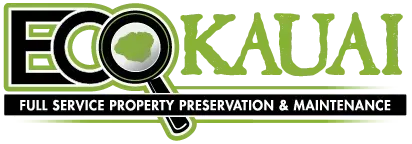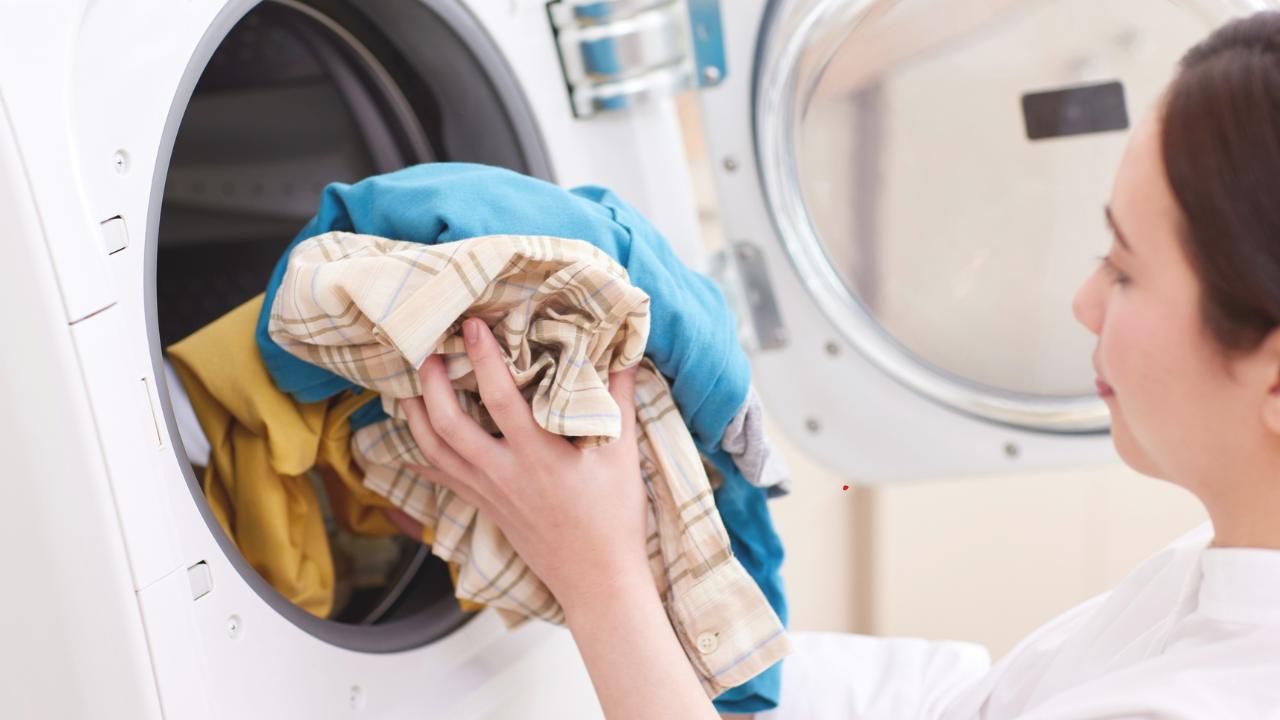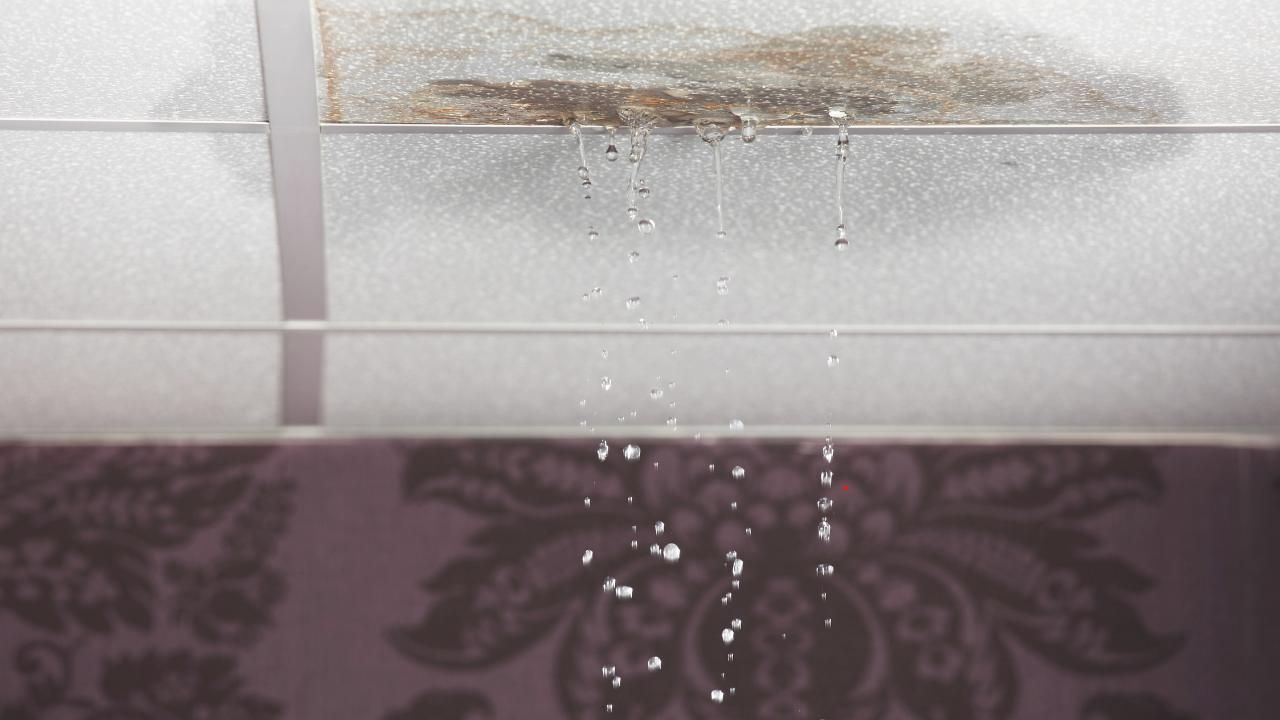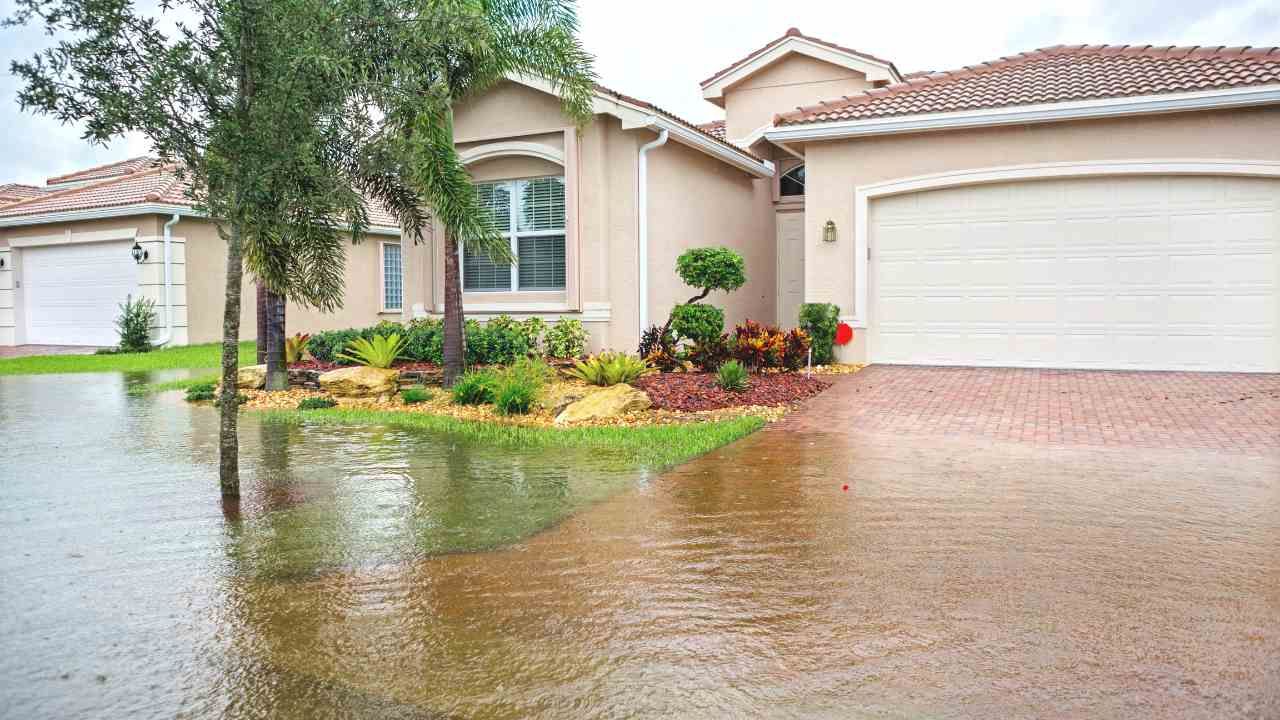Water Damage vs. Flood Damage: Understanding the Insurance Differences
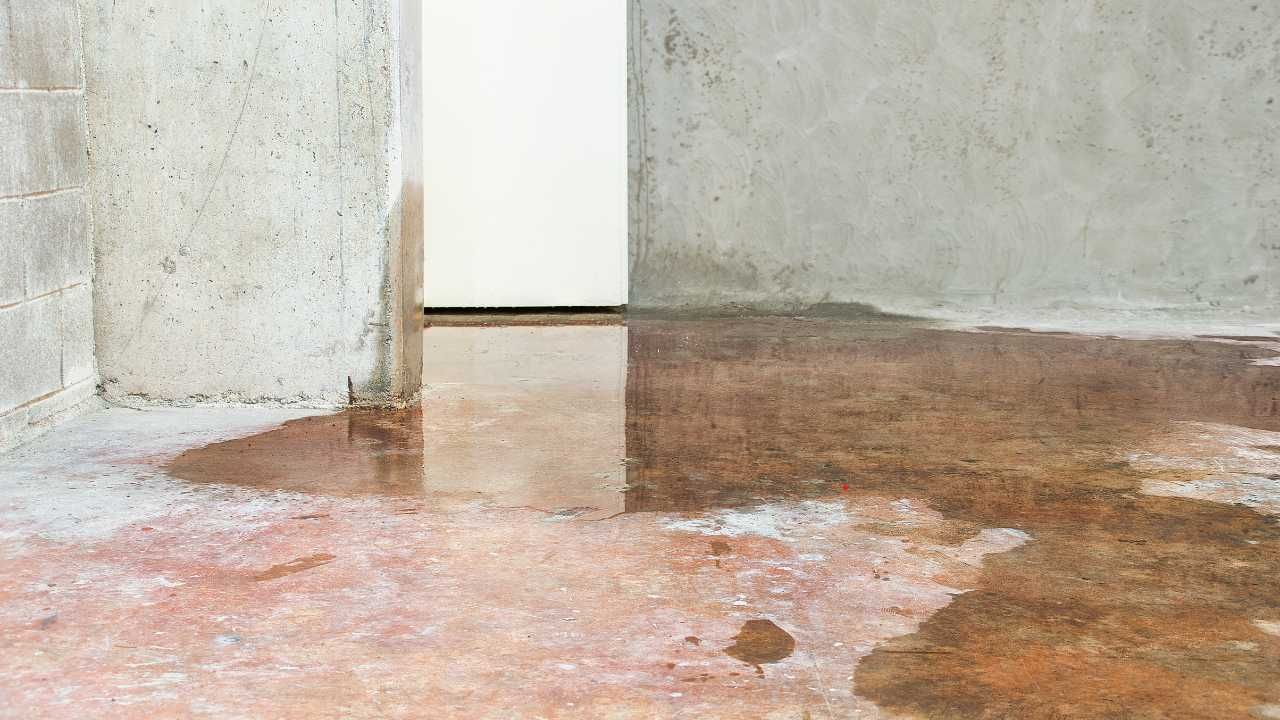
It’s one of the most confusing moments for homeowners — walking into your house to find it soaked and wondering, “Will my insurance cover this?” The answer often depends on one key detail: whether you’re dealing with water damage or flood damage. Understanding the difference could mean the difference between a covered claim and a hefty out-of-pocket repair bill.
In this guide, we’ll break down how insurance companies define water damage versus flood damage, why it matters, and how you can protect your home before the next big storm hits.
What’s the Difference Between Water Damage and Flood Damage?
While both can leave your home in chaos, the source of the water is what determines coverage.
- Water damage typically results from issues inside your home — like a burst pipe, leaking roof, or an overflowing appliance.
- Flood damage, on the other hand, comes from water that enters your home from outside sources — heavy rain, storm surges, overflowing rivers, or groundwater.
For example, if a pipe bursts in your wall, your standard homeowners insurance might cover it. But if a nearby stream overflows into your basement, that’s classified as flood damage — something usually excluded from regular policies.
If you live in an area prone to rain and coastal weather, it’s smart to work with local specialists like Eco Kauai Services, who understand both the environmental risks and how to properly restore your home after moisture-related incidents. They’re experts in water damage restoration Kaua’i, Hi, helping residents recover fast from everything from minor leaks to major indoor flooding.
How Insurance Companies Define Coverage
Insurance companies are very specific when it comes to water-related claims. Here’s a quick breakdown:
- Homeowners Insurance Covers:
- Accidental or sudden discharges (like a burst pipe or washing machine overflow)
- Roof leaks caused by storms (if the roof was in good condition)
- Water damage from extinguishing a fire
- Flood Insurance Covers:
- Rising water from natural disasters
- Storm surges and coastal flooding
- Overflowing rivers or broken levees
If you’re unsure what your policy covers, don’t wait until disaster strikes. Talk to your insurance agent and ask about separate flood insurance options through the National Flood Insurance Program (NFIP) or private providers.
Why Timing and Documentation Matter
When water hits your home, every hour counts. The faster you act, the less chance you have of structural damage or mold growth. Take photos before cleanup, document every detail, and contact your insurance company right away.
Quick professional intervention is essential — not just to repair visible damage, but also to prevent long-term problems like rot or hidden microbial growth. Investing in mold prevention after water damage can save you thousands in future repairs and health-related issues.
Case Study: Restoring a Kaua’i Home After a Sudden Flood
Last year, a couple in Līhuʻe woke up to find their ground floor underwater after days of heavy rain. They initially filed a homeowners claim, only to discover their policy didn’t cover flooding. After contacting Eco Kauai Services, technicians arrived within hours to extract the water, dry the walls, and treat the space to prevent mold growth. The couple later purchased a separate flood policy — a lesson they now share with neighbors as the island’s storms grow more unpredictable.
How to Protect Your Home Before the Next Storm
A few preventive steps can make all the difference:
- Inspect your roof and plumbing regularly.
- Keep gutters and drains clear of debris.
- Install a sump pump or backflow valve if you’re in a flood-prone area.
- Store valuables and electronics above ground level.
- Know exactly what your insurance covers — and what it doesn’t.
Bottom line: Water damage and flood damage may sound similar, but when it comes to insurance, they’re worlds apart. The best defense is understanding your coverage, acting fast when leaks happen, and having local experts on speed dial who can restore your home safely and efficiently.
Don’t wait until water is at your doorstep. Review your insurance policy today and schedule a home inspection to make sure you’re fully protected before the next storm hits.
